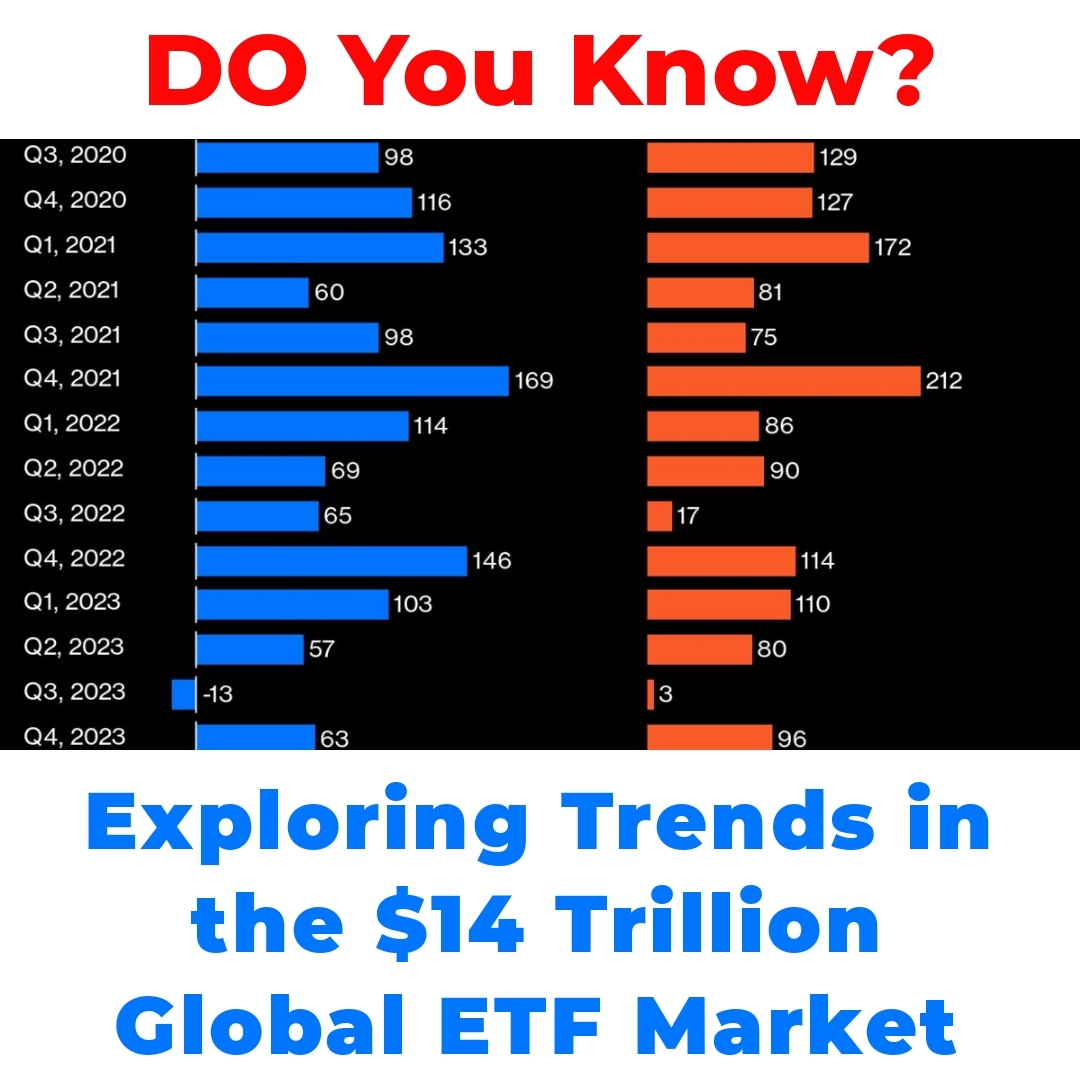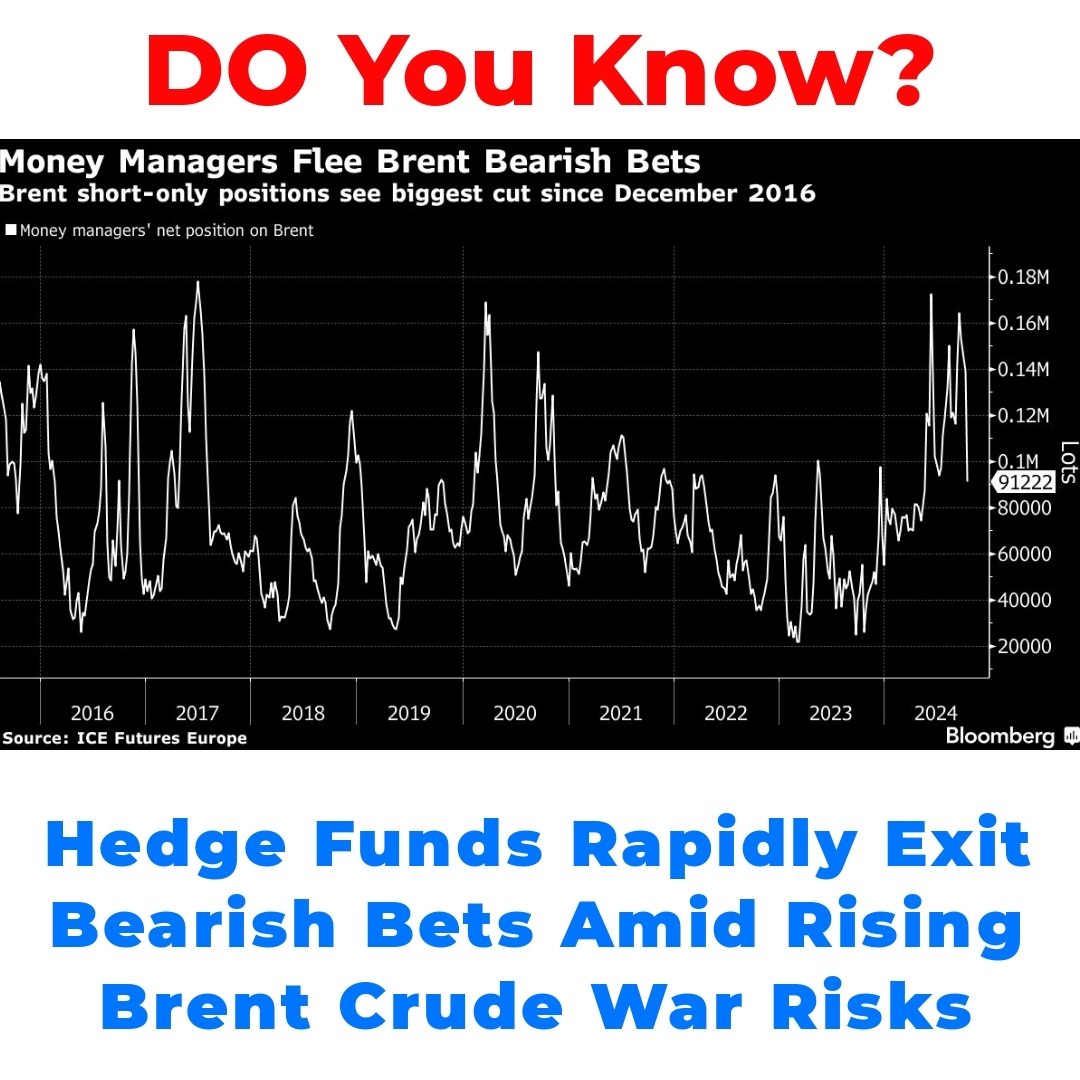The ETF, or Exchange-Traded Fund, has emerged as a vital component in today’s investment landscape, revolutionizing how investors engage with financial markets. With a staggering $14 trillion global ETF industry on the rise, understanding these investment vehicles is essential. In this article, we’ll introduce ETF IQ, a newsletter led by Bloomberg News reporter Katie Greifeld, highlighting trends and insights within the ETF space.


I. Introduction
ETF, or Exchange-Traded Fund, represents an innovative and vital option in today’s investment world. As part of the growing global ETF industry, worth an astonishing $14 trillion, understanding how these funds work is crucial for any investor. The rise of ETFs has transformed how we engage with financial markets, making investing more accessible and diverse than ever. With the introduction of the ETF IQ newsletter, spearheaded by Bloomberg News reporter Katie Greifeld, readers can dive deeper into market trends and insights that shape this industry.
II. Trends in the Global ETF Market 2023
A. Current Market Trends
As we navigate through 2023, several key trends are influencing the global ETF market. We’re seeing a significant shift toward thematic investing, with ETFs focusing on sectors like technology, renewable energy, and healthcare. Additionally, there’s a noticeable increase in ESG (Environmental, Social, and Governance) ETFs as more investors look for sustainable investment options.
B. The Impact of ETFs on Market Performance
ETFs also play a crucial role in market dynamics. With their ability to provide instant diversification and liquidity, they help stabilize financial markets, especially during periods of volatility. By allowing a broader allocation of assets, ETFs influence how funds move across different sectors and regions.
C. Future Projections
Looking ahead, the global ETF industry is expected to continue its rapid growth. Experts predict that the market will see further innovations, particularly in technology-driven ETFs that leverage artificial intelligence (AI) and data analytics. Investors can expect more customized and niche products that cater to specific investment goals.
III. Understanding Different Types of ETFs
A. Overview of ETF Types
ETFs come in various forms. Here’s a quick rundown of the most popular types:
- Equity ETFs: Focus on stocks and can track indices like the S&P 500.
- Bond ETFs: Invest in fixed-income securities, providing income and stability.
- Commodity ETFs: Track the performance of physical goods like gold or oil.
- Sector ETFs: Concentrate on specific industries, such as technology or healthcare.
B. Best ETFs for Long-Term Investment
If you’re aiming for long-term growth, consider these top-performing ETFs based on historical performance and stability. Popular choices include SPDR S&P 500 ETF Trust (SPY), Vanguard Total Stock Market ETF (VTI), and iShares MSCI Emerging Markets ETF (EEM). Each of these embodies strong fundamentals that could benefit long-term investors.
C. How ETFs Enable Portfolio Diversification
One of the best features of ETFs is their ability to diversify your portfolio. By investing in a single ETF, you can gain exposure to multiple assets, reducing risk and volatility in your portfolio. This asset allocation approach allows investors to balance potential returns with acceptable levels of risk.
IV. How to Invest in ETFs for Beginners
A. Basic Concepts of ETF Investment
If you’re new to investing, understanding how ETFs work is key. ETFs are traded like stocks on an exchange, meaning you can buy and sell them throughout the day at market prices. They typically have lower fees than mutual funds, making them an attractive option for many investors.
B. Investment Strategies for ETFs
Starting your ETF investment journey? Here are some strategies to consider:
- Buy and Hold: This strategy involves purchasing ETFs with strong long-term projections and holding onto them.
- Dollar-Cost Averaging: Invest a fixed amount regularly to mitigate market volatility.
- Sector Rotation: Shift your investments among sectors based on economic cycles.
C. Resources for Further Learning
For those interested in diving deeper into ETF investment, numerous resources are available. Websites like Morningstar, ETF.com, and various brokerage platforms offer comprehensive information, tools, and tools that help you make informed decisions.
V. ETF Performance: What to Look For
A. Key Metrics for Evaluating ETFs
When assessing ETF performance, consider these important metrics:
- Expense Ratios: Lower expenses mean more returns for investors.
- Tracking Error: This measure shows how closely an ETF follows the performance of its underlying index.
- Yield: Look for the dividend yield if income is a priority for you.
B. Comparing ETF Performance with Index Funds
Many investors wonder whether to choose ETFs or traditional index funds. While both serve similar purposes, ETFs offer more flexibility due to their capability to be traded throughout the day. However, index funds may be better for those who prefer a buy-and-hold strategy without the need to monitor daily price fluctuations.
C. Reliable Sources for ETF News and Updates
Staying updated on ETF performance is vital for informed investing. Reputable sources for ETF news include Bloomberg, CNBC, and financial news platforms that provide daily updates and analyses. Additionally, the ETF IQ newsletter keeps you in the loop with the latest trends and insights.
VI. Conclusion: The Future of ETFs in Investment Strategies
A. Recap of the Global ETF Industry Insights
As we’ve explored, the global ETF industry is vibrant and offers countless opportunities for investors. From understanding diverse ETF types to recognizing key market trends, there’s much to consider when investing.
B. Final Thoughts on ETF Investment
Encouraging readers to get involved in the world of ETFs is crucial. With the right knowledge and resources, you can develop a successful investment strategy tailored to your financial goals.
C. Call to Action
Don’t miss out on the wealth of information from ETF IQ. Subscribe to our newsletter for regular insights and updates that can enhance your investment journey and keep you informed about the latest developments in the ETF market.
VII. Additional Resources
A. Links to Popular ETF Platforms
Here are some popular ETF platforms where you can explore various ETF options:
- Vanguard
- BlackRock’s iShares
- Charles Schwab
B. Recommended Books and Articles on ETFs
For those looking to deepen their understanding, consider checking out:
- The Complete Guide to ETFs by Rolf D. A. Pahl
- ETF Trading Strategies by David L. Morgan
C. Contact Information for ETF IQ and Katie Greifeld
If you have questions or feedback, feel free to reach out to us via the ETF IQ contact page or connect with Katie Greifeld on social media for the latest ETF news and updates.
FAQ
What is an ETF?
An ETF, or Exchange-Traded Fund, is a type of investment fund that trades on stock exchanges, much like individual stocks. ETFs hold assets such as stocks, commodities, or bonds and generally operate with an arbitrage mechanism designed to keep trading close to its net asset value, though deviations can occasionally occur.
Why are ETFs important in today’s investment world?
ETFs have gained popularity due to their ability to offer diversified and accessible investment options, with global industry value reaching around $14 trillion. They have transformed how investors participate in financial markets.
What can I expect from the ETF IQ newsletter?
The ETF IQ newsletter provides insights into market trends and developments affecting the ETF industry, curated by Bloomberg News reporter Katie Greifeld. It aims to enhance readers’ understanding of ETFs and inform their investment decisions.
How have ETFs changed investing?
ETFs have made investing more accessible by allowing individuals to easily trade funds that track various indices or sectors throughout the trading day. They offer instant diversification and lower expense ratios compared to traditional mutual funds.
Who should consider investing in ETFs?
ETFs can be suitable for a wide range of investors, including beginners looking for a simple way to diversify their portfolios, as well as experienced investors seeking specific investment strategies.
Where can I learn more about ETFs?
To deepen your knowledge, consider resources like the ETF IQ newsletter, websites such as ETF.com and Morningstar, or books focused on ETF investment strategies. Various brokerage platforms also offer educational materials.







